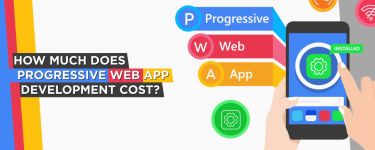How We Use Hygger.io for Product Management
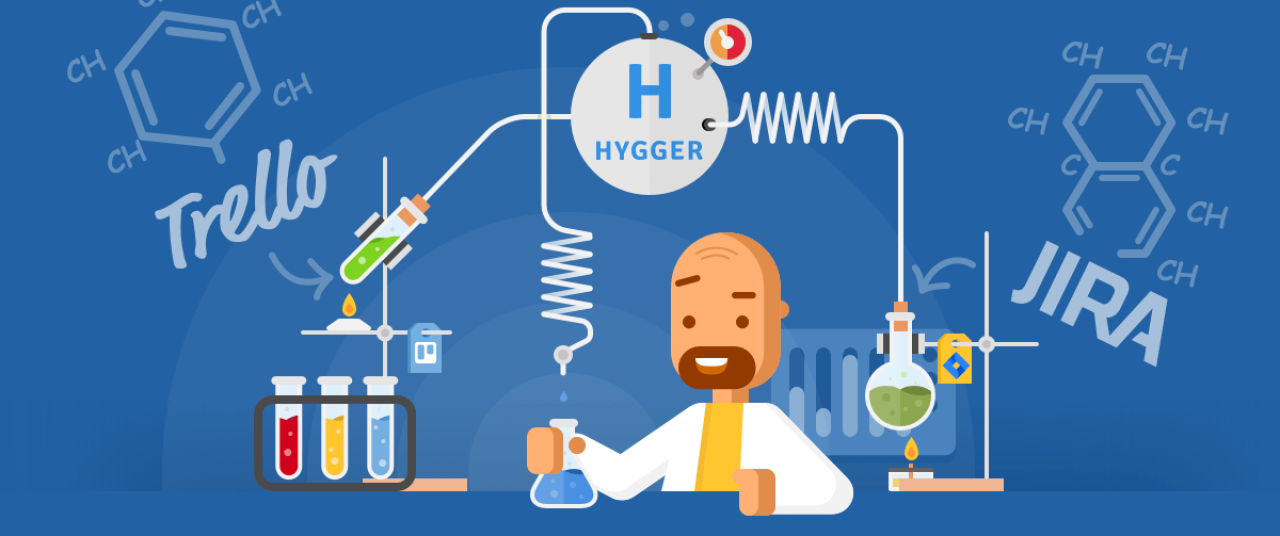
We often learn about the best ideas, quality services or interesting products from other people who are not involved in our internal processes. We get used to what’s around us, although the teams in a nearby building may use much more powerful products and services.
This article is about how we’ve recently learned about the platform for product management and project management from one of our customers. This story is rather successful because we’ve immediately fallen in love with it.
How did we find out about it?
One of the requests of our customer – the dating app – was related to Hygger.io – the product and project management tool with built-in prioritization for Agile teams.
Of course, we care about all our customers, their opinions and requests, so we decided to try this service, as there were no barriers to do it.
At first, we thought that this is an ordinary new platform among other similar services. We had some working experience with other powerful tools, such as Jira, Trello and Asana. However, having started using Hygger, we realized its main benefits even in comparison with the giants. Perhaps this article will inspire companies and products to try it as well.
Basic Hygger overview
Hygger is an awesome product management tool that makes management and collaboration easy and even fun. Actually, the tool can do so much more, whether you’re organizing product tasks, projects, private chores, future plans, or anything else. The flexibility of the platform allows it to be a powerful system for product/project development with different teams.
Kanban-like boards
As a fast and furious team, we need a task management system that will give us a visual overview of what is being worked on and who is working on it. As many companies, we use the Kanban approach, that was developed in Toyota as a system to keep production levels high and maintain flexibility.
Kanban is perfectly represented as a board filled with columns and cards. Every card represents different tasks involved in our projects.
Hygger is a fully featured Kanban platform that proposes the visual system of boards, columns and cards. It allows us to track projects and collaborate or contribute where they can be most useful.
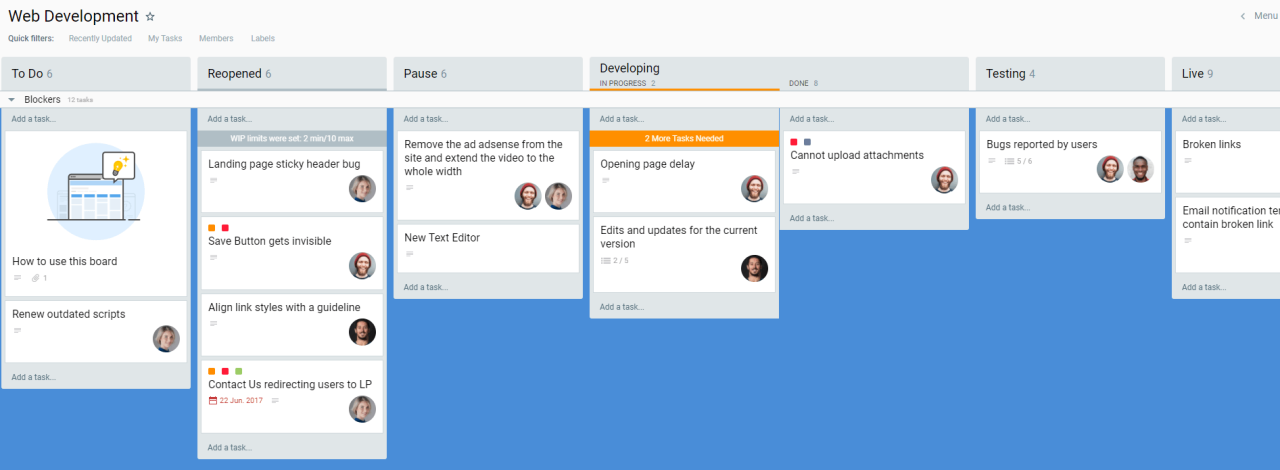
WIP limits and Swimlanes
If we need to limit the number of current tasks, we easily use Work in progress limits option in Hygger (WIP limits). Actually, such tool as Trello does not allow doing it. The feature can be crucial for determining bottlenecks.
One more advantage of the platform is horizontal columns – Swimlanes. Our developers can use them, visualizing as Blockers (the most urgent issues), current Tasks and Bugs and Someday Swimlane (tasks that will likely never be implemented).
Product Roadmap
A roadmap is one of the most used strategic tools for product managers and their teams. In Hygger, you can share the Roadmap and lay out the high-level perspective of what will happen over time, by specifying major releases, projects, and initiatives. We have immediately noticed this advantage, because Jira, for example, offers to add its special “Portfolio for Jira” that is not free.
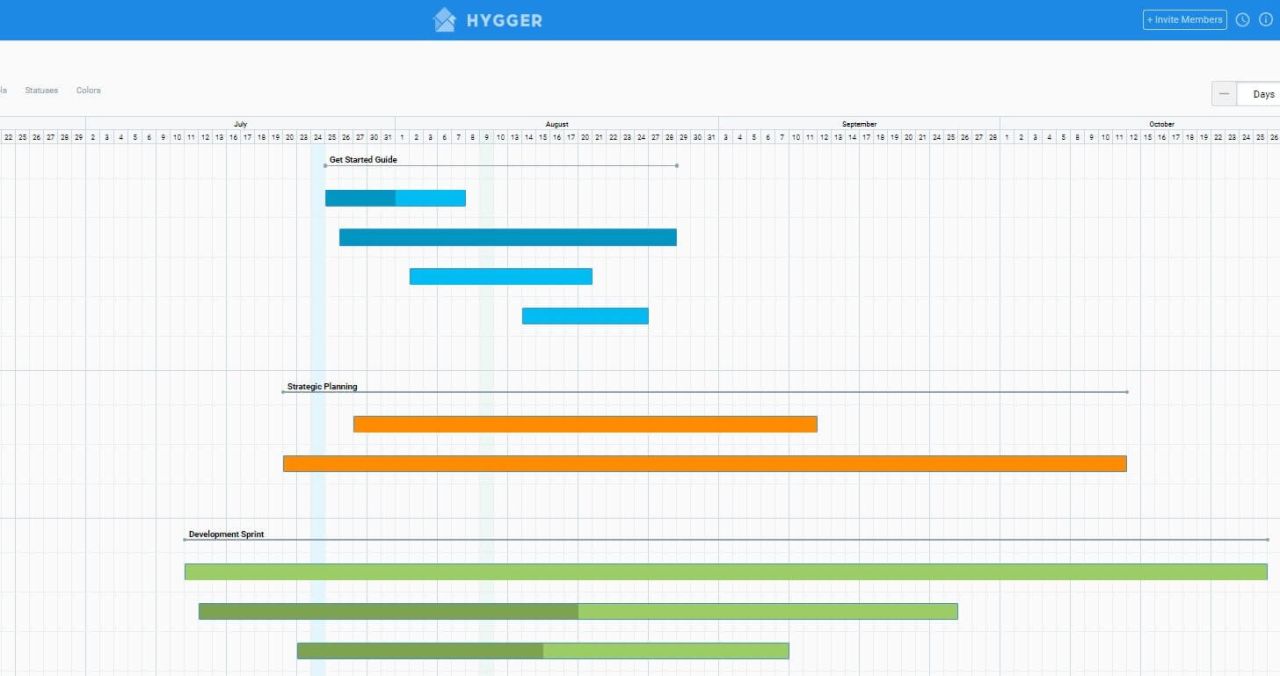
Time tracking system
Time Tracking is also the point that persuaded us to move to Hygger. Jira proposes you to buy additional time tracking add-ons or software, while Hygger offers out of the box advanced time tracking reporting without spending extra money.
Burndown charts
While Trello cannot provide time tracking, so there is no Burndown chart there. No Burndown charts mean no Sprints. Seems like it’s not the best solution if you work according to Scrum rules, right?
Here one more plus goes to Hygger, as in the platform you may find this smart dashboard for teams that are running Sprints.

Prioritization is what really makes Hygger different
Hygger allows maintaining a product backlog easily and proposes some significant benefits.
The platform proposes 4 types of prioritization for product & project managers to improve their abilities to prioritize and be focused on key things:
- Values and Effort prioritization
- ICE model
- RICE model
- Weighted prioritization by your own specific criteria
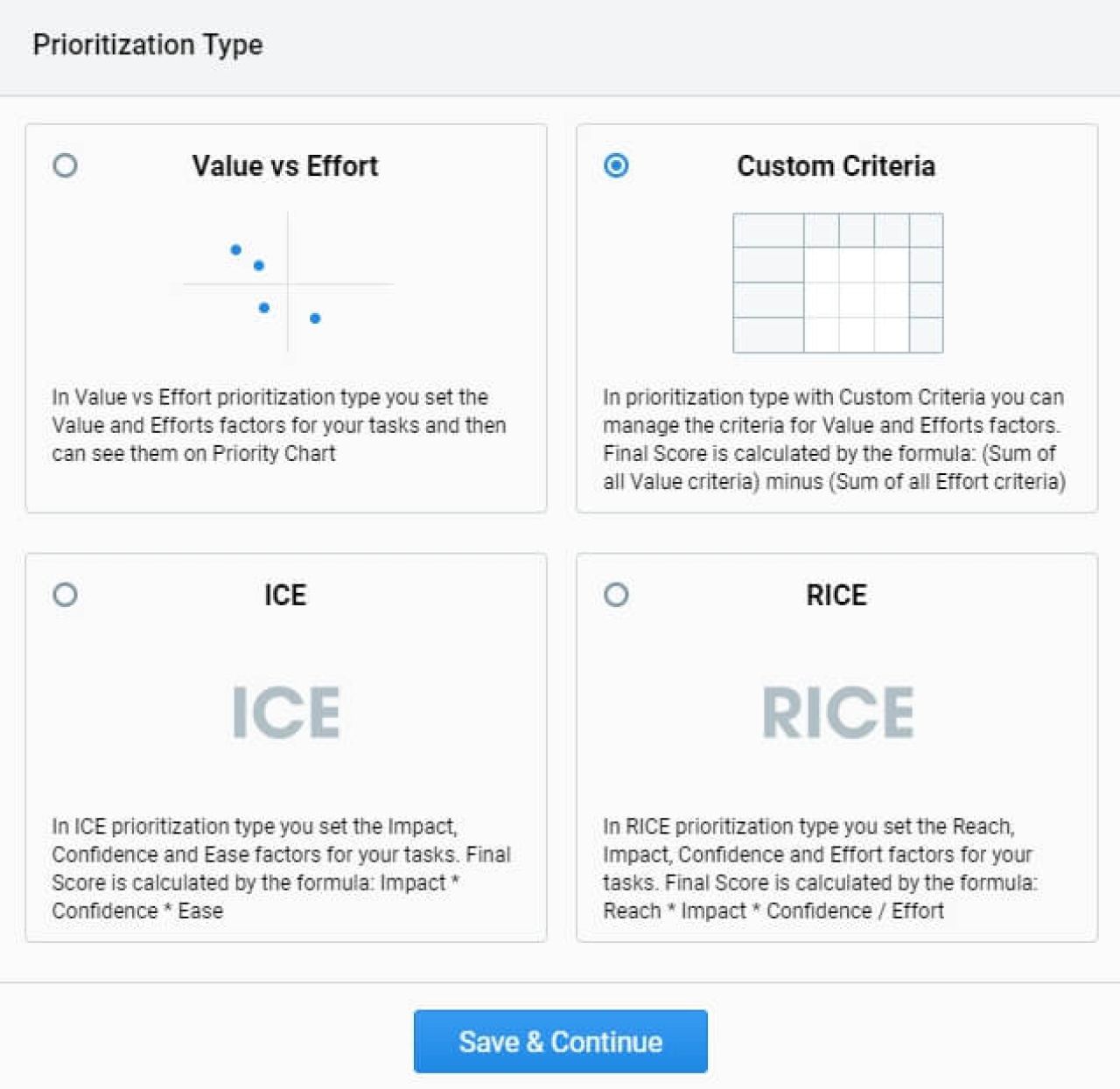
Value and Effort
You may easily set up Value and Effort parameters for each idea. Comparing V&E combination of each task will help you prioritize the tasks better and choose the most important tasks for development.
- Value assessment will show which business value the feature can bring to your product or your business.
- Efforts measure the resources needed to complete the task.
Hygger Backlog Priority Chart is a visual representation of a backlog board where you may find 4 segments, each of them representing a priority block:
- Time Sinks – these tasks are not worth working on at the moment.
- Maybes – tasks that do not bring a lot of value but are easy to implement. They can be fulfilled later.
- Big Bets – tasks that can bring a lot of value but are as well hard to implement.
- Quick Wins – these tasks are valuable and quite easy to implement.
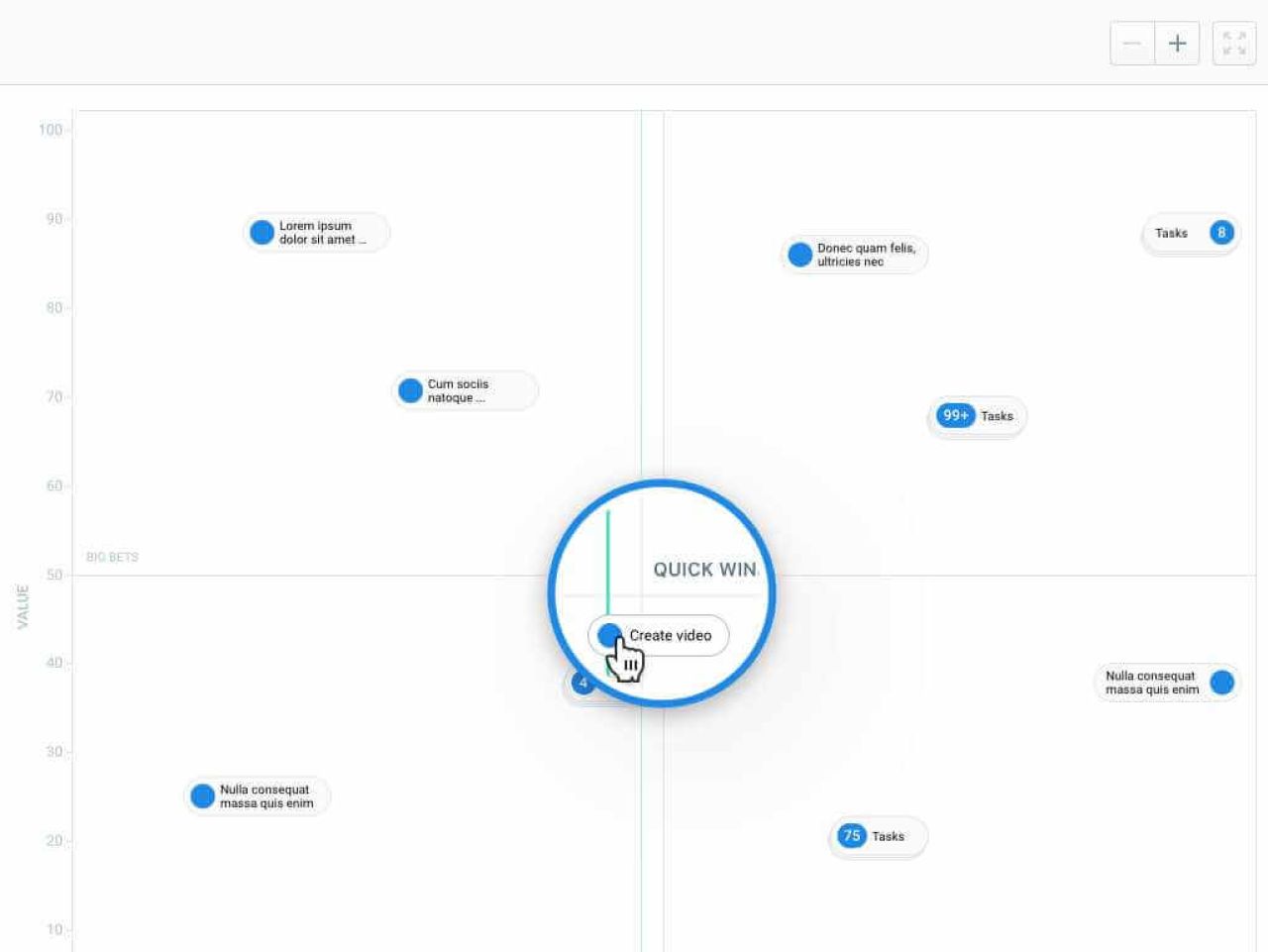
ICE and RICE prioritization
RICE scoring is the popular way to prioritize ideas and we have actively started to use it. There are 4 values to evaluate your feature or idea:
- Reach. This factor rates how many people each feature will effect within a certain period of time and how many of them will notice the changes.
- Impact. It shows how the feature will contribute to the product. How will the project impact your customers?
- Confidence shows how I’m sure about all my estimation – both about impact and effort (how much my estimations look like a truth).
- Effort is estimated as a number of “person-months”, weeks or hours, depending on needs. It is the work that one team member can do in a specific month.

According to the model, you rank proposed features with a Reach, Impact, Confidence, and Effort, and use the final score you’ve come up with to decide what should be implemented at first.
Feel free to read more about RICE prioritization in Hygger.
ICE scoring system includes the formula that calculates the final score of the feature value in the following way:

In the formula your assurance in your evaluation is represented by Confidence, the featured effect on the product is Impact, and the Ease is about the easiness of implementation.
Rate your entire feature request and choose the most valuable ones to implement.
If you feel that this scoring model is right for your needs, read more about ICE prioritization.
Weighted scoring
This kind of prioritization in Hygger allows you to evaluate features by your own criteria. Each criterion can have its own weight and scale (0…10, any number, t-shirt size, USD, yes/no).
With the help of the weighted scoring, you can take your features or initiatives, rank them with the help of a benefit-versus-cost framework on a number of criteria, and then use the scores you’ve come up with to decide which initiatives make the cut.
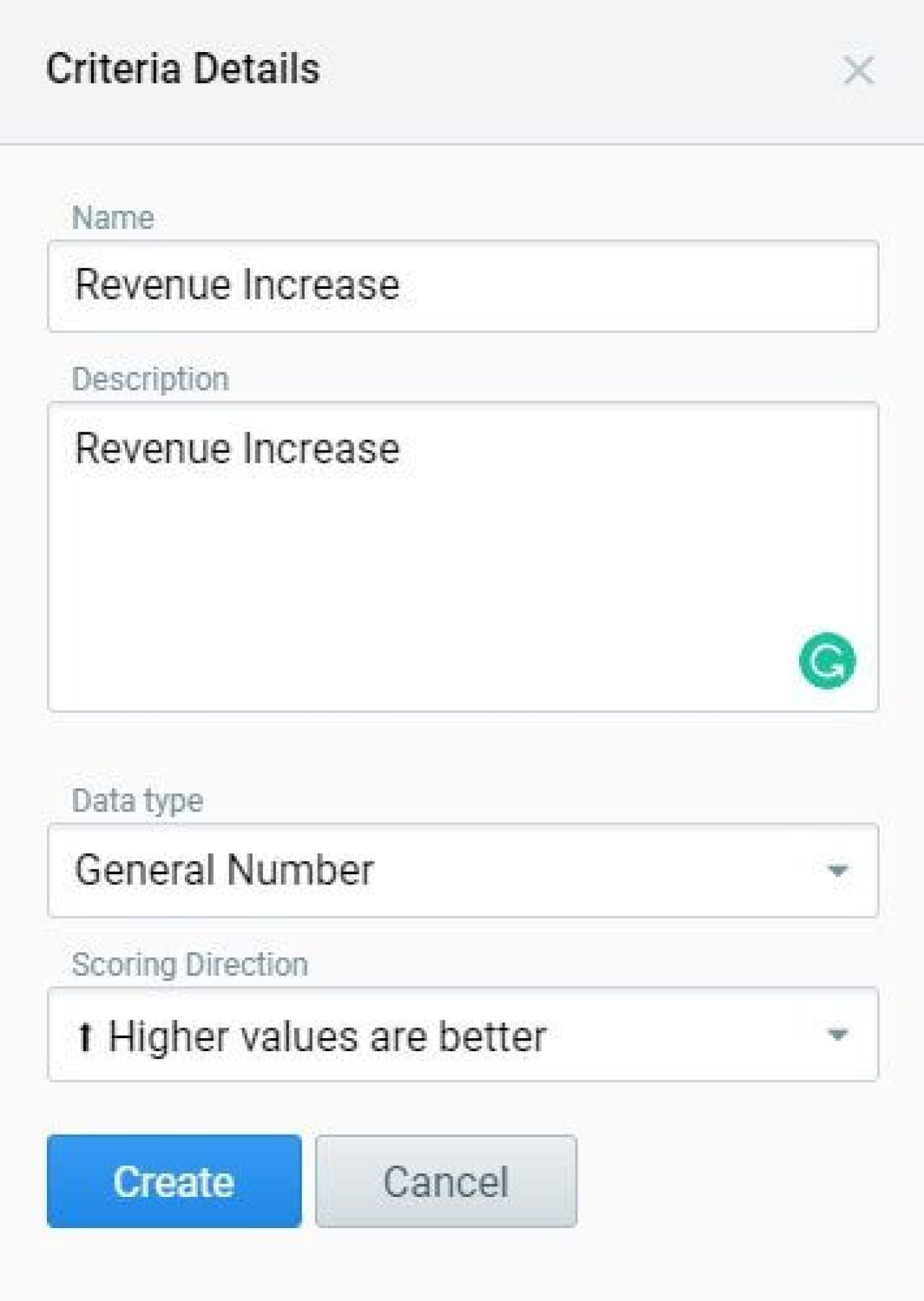
So, you’ve evaluated all your features using ICE, RICE or Weighted scoring. What’s next? Now is the time to open the table and select the winners from them.

Then you push features to Kanban or Scrum boards for development, using the specific option:
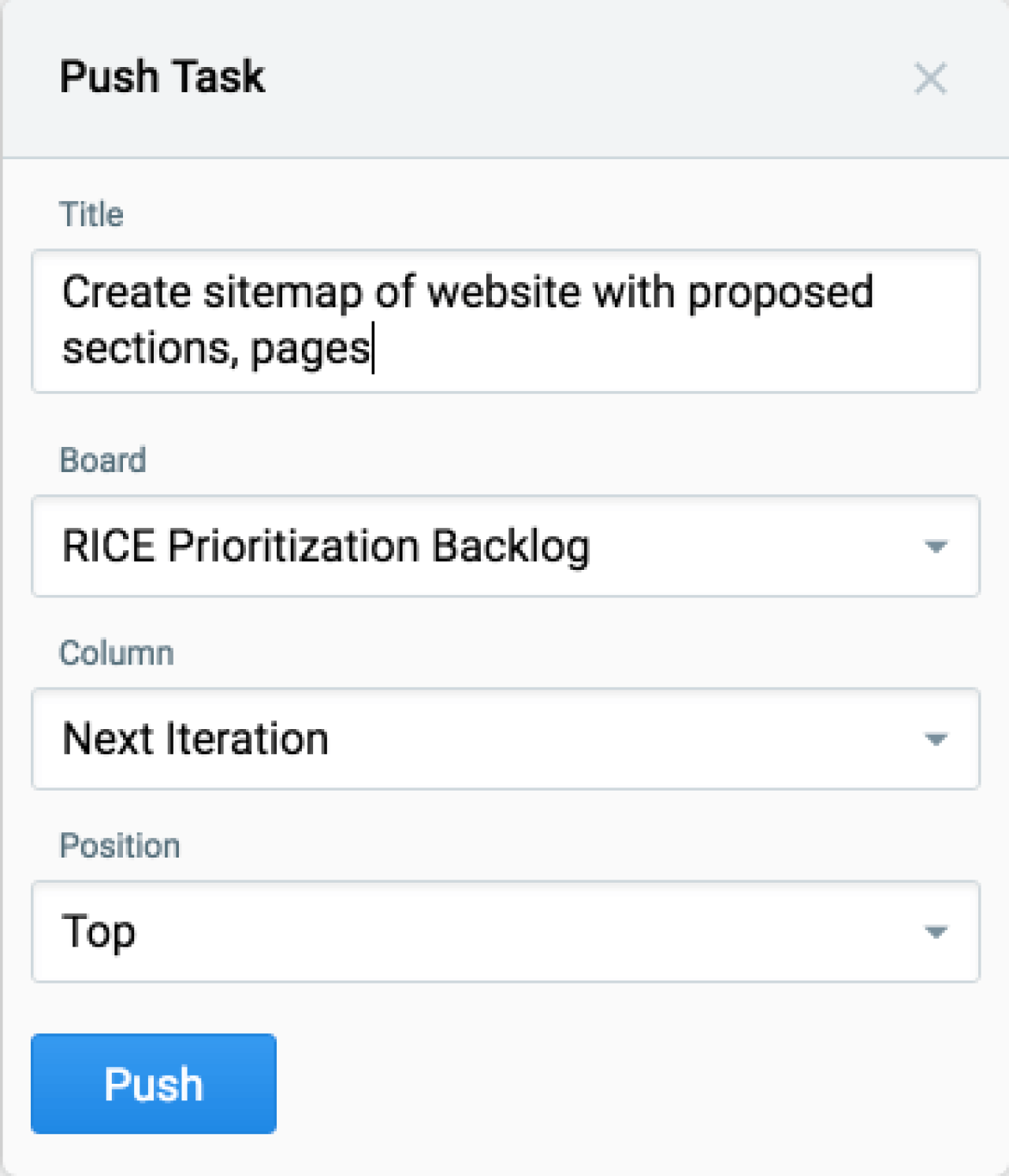
This method of scoring can be useful for companies to evaluate what they think is the relative impact on strategic objectives for a group of possible new features.
Actually, we’ve tried all of these kinds of scoring systems. And they work! However, we have chosen Value and Effort and Weighted Scoring for ourselves.
Using Values and Effort approach, we evaluate all ideas and then evaluate the winners using Weighted Scoring.
Hygger team even have prepared the ultimate guide for product managers about how to prioritize product features with all the details about the scoring frameworks.
Be sure, using these frameworks for prioritizing product roadmap can be invaluable to help you make smart decisions that ultimately lead to product and company successes.
In this perspective, Hygger.io looks really competitive and innovative tool, that is why we enjoy to use it. When it works and results tell for themselves, you realize that you’re on the right way.
To sum it up
We hope that our experience will help you find a way to harness this friendly tool to help you manage your products and projects.
Perhaps, it’s not necessary to use every feature to consider it an effective tool. Find out what works for you and your team. Once you get an appropriate method work to establish processes and consistency to get the best results.
If you have any questions about the platform’s opportunities, – do not hesitate to ask here or contact the Hygger team.


